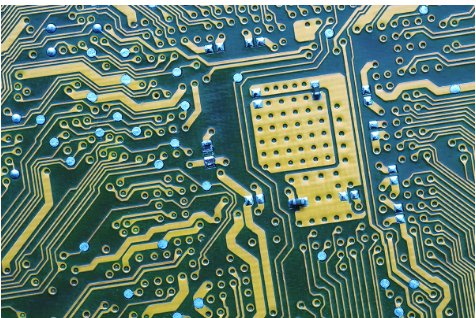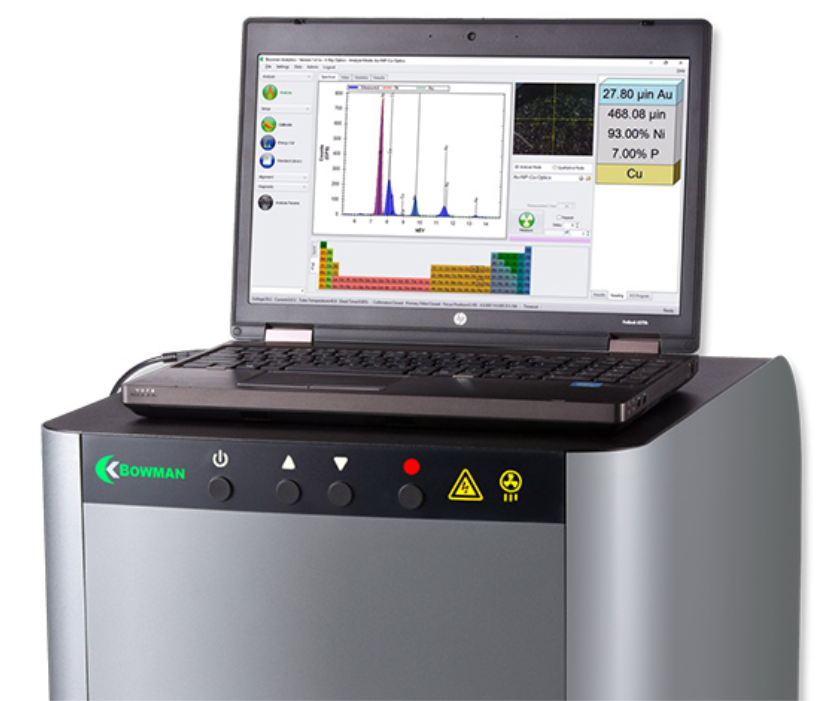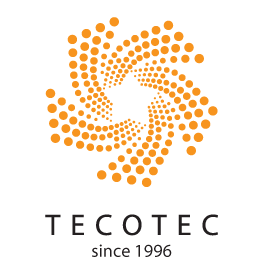News
IPC 4552-REV.A REQUIREMENTS FOR ENIG
When electronic devices become increasingly important and deeply relevant to all areas of life, printed circuit board (PCB) manufacturers must also constantly improve the quality and reliability of their products.
Devices are getting smaller and PCBs are following that trend. High-speed data transmission is no longer a luxury feature but a basic requirement. In general, everything around us is controlled by computers, and therefore, their reliability is extremely important. PCB manufacturers must strictly follow the quality control process to ensure the electronic devices that use them do not have problems after being put into operation.

Surface finishing in the PCB field is important to avoid oxidation and provide the ability to solder electronic components on the board. One of the common surface finishing methods involved in a process is called ENIG (Electroless Nickel Immerson Gold) - gold dipped nickel. ENIG is a two-layer metal coating system, including gold (Au) coating on the Ni layer (non-electroplated Ni coating). The IPC Association, which provides processes and instructions in the electronics industry, has established thickness thresholds for Au and Niized layers, for ENIG coating to achieve optimum performance. A recent revision of the IPC-4552 standard regarding ENIG specifications states that the plating on the hardboard must be within the following thickness range:
- Au: 0.04-0.1um (1.58-3.94uin)
- Ni: 3-6um (118.1-236.2uin)

The newly issued regulations on upper bound for Au coating thickness make the selection of testing methods more difficult. XRF - X-ray fluorescence spectrometer, is a certified method for testing ENIG coating thickness, so almost all companies working in the field related to ENIG coating must equip equipment have XRF in the lab for quality control. Many of the equipment used by the company is obsolete technology and cannot achieve the necessary accuracy, to be able to ensure the thickness of the Au coating is within the allowed specifications. Bowman is the only company that guarantees that all of XRF systems meet the new IPC 4552-A requirements by applying the most advanced and modern technology to product lines such as:
- Field-proven, solid-state detector provides greater resolution, stability and sensitivity.
- Fast warm-up time and longer x-ray tube filament life.
- Multiple primary filters and collimators for versatility.
- Variable focal depths for complex sample shapes and thicker layer analysis.
Source: ETA
Others
- TECOTEC GROUP ATTENDED SHIMADZU’S SERVICE MANAGER MEETING IN 2022
- TECOTEC HANDED OVER EDX-7000 X-RAY FLOURESCENCE SPECTROMETER AT NIDEC CHAUN CHOUNG VIETNAM
- INSTALLATION OF CHIP PROCESSING SYSTEM – LANNER/ GERMANY
- TECOTEC completed installation of EDX-LE Energy dispersive X-ray Fluorescence spectrometer at DYT Vina
- TECOTEC DELIVERED AND INSTALLED THE 2ND X-RAY FLUORESCENCE SPECTROMETER - EDX-LE PLUS AT TABUCHI
- TECOTEC Group has handed over PDA-7000 Optical Emissions Spectrometers for Nihon Plast Vietnam
- Bowman XRF Coating Measurement System For Electroless Nickel Plating
- TECOTEC DELIVERED AND INSTALLED SMX-2000 SYSTEM TO NIDEC TECHNO MOTOR VIETNAM



